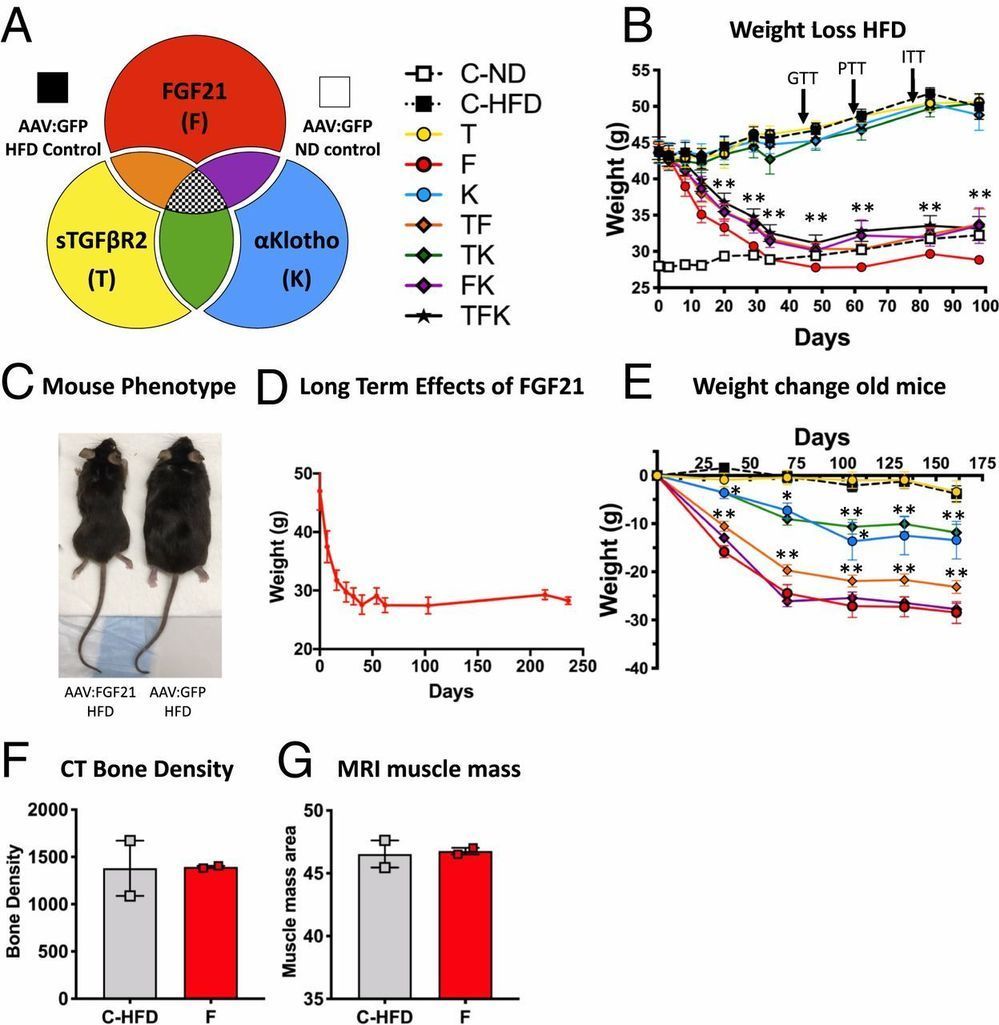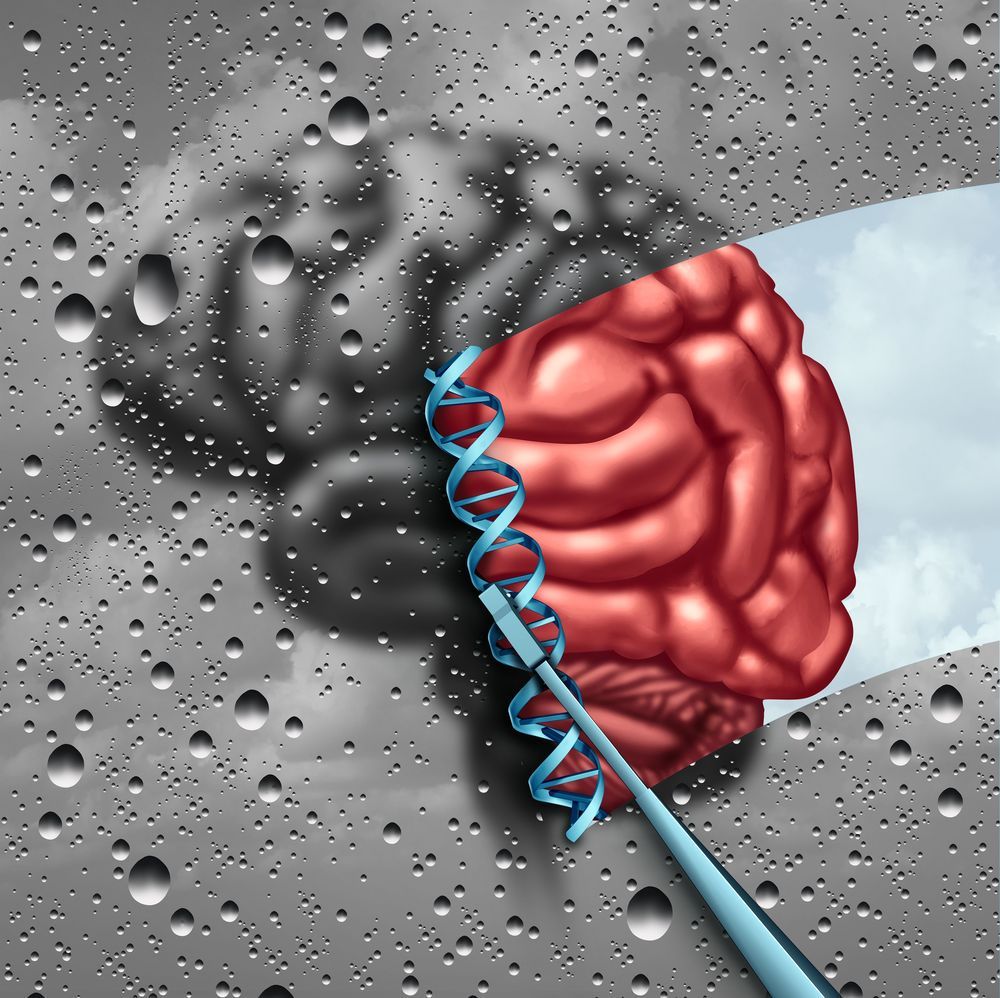Nov 6, 2019
Can we stop aging? A conversation with biomedical gerontologist Aubrey de Grey
Posted by John Davies in categories: biotech/medical, life extension
Today we’re going to talk to the godfather of longevity, Aubrey de Grey, in the most ironic of settings – a pub in London. Over a beer, Aubrey explains why he believes that many of the typical health practices, such as drinking a lot of water, are myths and what he has discovered about slowing down the aging process. He reckons that in as little as 17 years, aging will no longer be a concern, and he supports this radical standpoint with some fascinating research. He talks about the idea that health is an integral part of longevity and that the seven pillars of aging need to be addressed simultaneously.

















